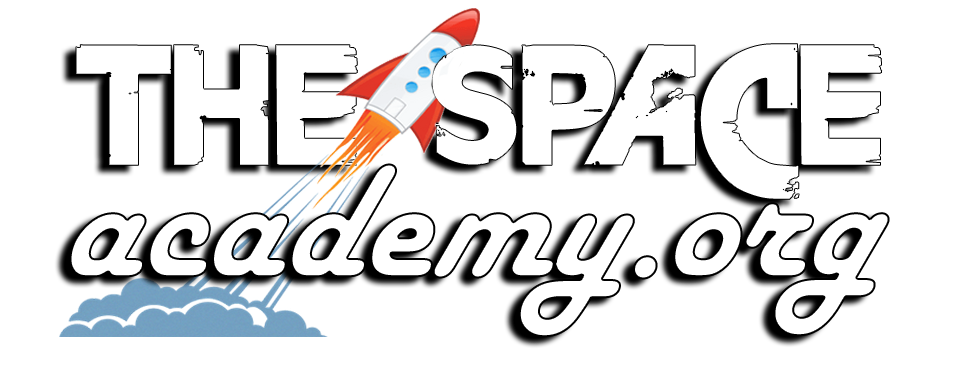Saint Catherine’s Monastery, a sacred Christian site nestled in the shadow of Mount Sinai, is home to one of the world’s oldest continuously used libraries.
Thousands of manuscripts and books are kept there—some of which contain hidden treasures. Now, a team of researchers is using new technology to uncover texts that were erased and written over by the monks who lived and worked at the monastery.
Many of these original texts were written in languages well known to researchers—Latin, Greek, Arabic—but others were inscribed in long-lost languages that are rarely seen in the historical record. Manuscripts with multiple layers of writing are known as palimpsests, and there are about 130 of them at St. Catherine’s Monastery, according to the website of the Early Manuscript Electronic Library, which has been leading the initiative to uncover the original texts.
With the rise of Islam in the 7th century, Christian sites in the Sinai Desert began to disappear, and Saint Catherine’s found itself in relative isolation. Monks turned to reusing older parchments when supplies at the monastery ran scarce. To uncover the palimpsests’ secret texts, researchers photographed thousands of pages multiple times, illuminating each page with different-colored lights. They also photographed the pages with light shining onto them from behind or from an oblique angle, which helped “highlight tiny bumps and depressions in the surface,” according to Richard Gray writing for The Atlantic.
Researchers then fed this information into a computer algorithm that is able to distinguish between more recent texts and original ones. Since 2011, researchers have photographed 74 palimpsests, which boast 6,800 pages between them. Among the newly revealed texts, which date from the 4th to the 12th century, are 108 pages of previously unknown Greek poems and the oldest-known recipe attributed to the Greek physician Hippocrates.
But perhaps most intriguing are manuscripts written in obscure languages that fell out of use many centuries ago. Two of these erased texts were inked in Caucasian Albanian, a language spoken by Christians in what is now Azerbaijan. According to Michael Phelps, director of the Early Manuscripts Electronic Library, this discovery has helped scholars increase their knowledge of Caucasian Albanian vocabulary.
The discovery of these lost languages is a testament to how much we still have to learn about our past. It also highlights how important it is to preserve historical documents so that future generations can continue to uncover new knowledge.

